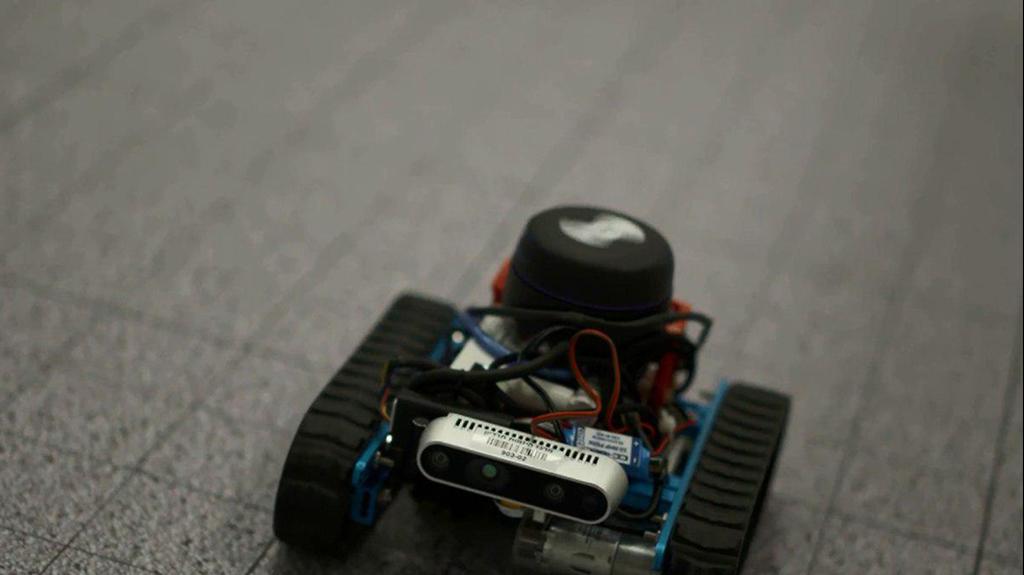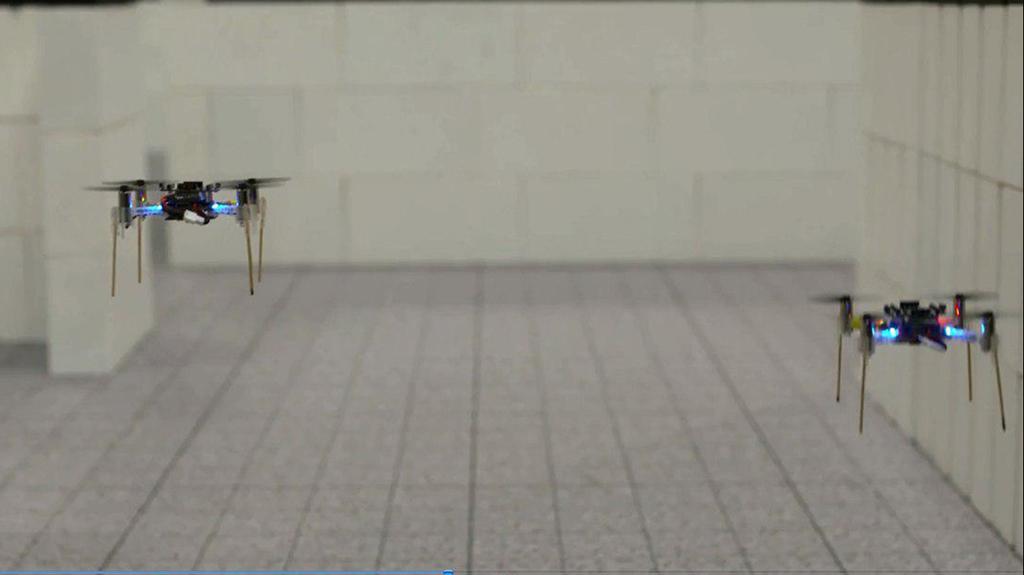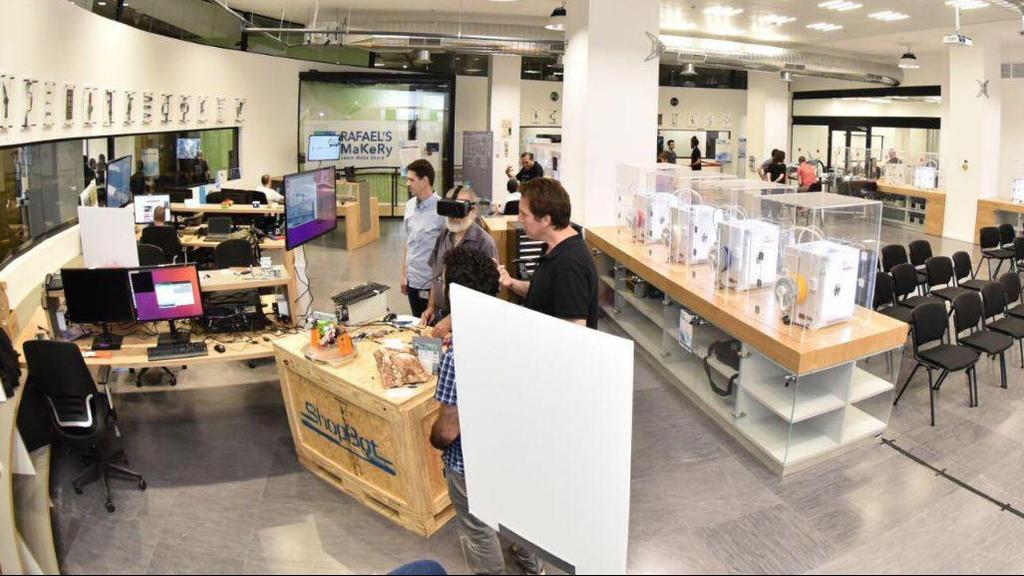Getting your Trinity Audio player ready...
Thanks to year-long joint research between the Ben-Gurion University of the Negev and the Israeli weapons manufacturer Rafael Advanced Defense Systems, the first tiny handheld drones are now operational in Israel.
These state-of-the-art drones, which weigh between a few dozen to several hundred grams each, and are no bigger than 20 cm in size, can be used in a multitude of tasks, such as live intelligence gathering and reconnaissance, all without jeopardizing soldiers' lives.
The drones were developed by computer science students, headed by Prof. Freddy Bruckstein of the Technion Israel Institute of Technology, in Haifa.
The drones are so small that they can be launched from the palm of the operator's hand, with a tiny, high mobility vehicle helping to control them from the ground.
The crafts are relatively quiet and more than capable of performing multiple missions - assuming they make it back to their operator.
They are also relatively cheap to produce, with each costing no more than $50 - a deliberate precaution for cases in which the drones are forced to self-destruct in order to avoid falling into the wrong hands.
The drones are also fitted with sensors and tiny radars that help them independently orient themselves inside closed spaces, enabling them to avoid bumping into objects such as walls or doors.
3 View gallery


The tiny vehicle that helps control the drones
(Photo: Rafael Advanced Defense Systems)
In order to increase the intelligence-gathering capabilities of the drones, they are also fitted with night vision cameras, giving them the ability to conduct reconnaissance in the darkest of places.
The diminutive size also has its drawbacks, however.
The drones' small batteries only have enough power for a few minutes of use before they have to be recharged.
They also have only a short range for transmission of information. This means that the drones and their accompanying ground vehicle may need an additional UAV circling high above in order to receive broadcast signals.
"Our various teams comprising weapon experts and engineers are developing operational solutions to numerous military difficulties, some of the difficulties take only a few days to solve," says a spokesperson from Rafael.
"It's science meets sci-fi," says the Rafael official. "These drones are but a small part of the wonders we build in our labs."
First published: 17:51, 12.06.19



